Prologue: A Body in the Mat
On the morning of January 11, 2013, students at Lowndes High School in Valdosta, Georgia, returned from winter break. The halls buzzed with chatter—until someone entered the old gym and noticed something strange.
A pair of bare feet stuck out from a rolled-up wrestling mat. Inside was 17-year-old Kendrick Johnson, a popular athlete and student.
The official story?
He had fallen headfirst into the mat while reaching for a shoe.
But his family—and a growing chorus of activists, pathologists, and citizens—say the truth has been buried far deeper than any gym mat.
Kendrick: The Boy Behind the Headlines
Kendrick Johnson, or “KJ” to friends and family, was more than a headline. A quiet but charismatic teen, Kendrick dreamed of playing football professionally. He was known for his athleticism and goofy humor.
He had no known enemies.
No signs of violence in his past.
He was just a Black teenage boy in a Southern town, navigating adolescence with ambition and a close-knit family behind him.
The Scene: What They Found
Kendrick was found upside down in a vertical, rolled-up gym mat—his arms pinned to his sides, his face bloated, and blood pooled at the bottom of the mat.
The official autopsy claimed accidental positional asphyxia—suggesting Kendrick fell while trying to retrieve a shoe stored inside the mat and couldn’t free himself.
But his family never believed it.
And they weren’t alone.
The Family’s Fight Begins
Kenneth and Jacquelyn Johnson, Kendrick’s parents, were devastated—but their grief quickly turned to suspicion. They began asking questions:
- Why weren’t students removed from the gym after the discovery?
- Why did the school's surveillance footage have crucial gaps?
- Why was Kendrick’s face bruised and swollen, yet no one investigated foul play?
- Why did the autopsy fail to account for blunt force trauma allegedly visible on his body?
Their calls for answers were met with indifference.
So they took matters into their own hands.
The Second Autopsy: A Disturbing Discovery
The Johnsons paid for an independent autopsy by pathologist Dr. William Anderson.
His conclusion?
Blunt force trauma to the right side of the neck—not positional asphyxia.
This new finding contradicted the official report from the Georgia Bureau of Investigation (GBI). The Johnsons were now convinced that Kendrick was murdered—and the truth was being covered up.
Even more disturbing: when Kendrick’s body was exhumed, his internal organs were missing and replaced with newspaper.
The funeral home claimed the organs were "destroyed through natural processes" during the original autopsy.
To the Johnsons, it felt like another piece of their son had been stolen.
The Missing Time: The Surveillance Footage
Lowndes High had over 30 cameras monitoring hallways and gym entrances.
Yet:
- Footage was missing at key times.
- Other footage was “corrupted” or showed jumps and glitches.
- No video ever showed Kendrick entering the gym or falling into the mat.
CNN analysts later revealed at least one hour of missing footage during the time Kendrick disappeared.
The Allegations and Suspects
Rumors began to swirl.
Two white brothers—Brian and Branden Bell, sons of an FBI agent—were allegedly involved in a fight with Kendrick months prior.
Though they denied any involvement and maintained alibis, many in the community questioned whether their father’s influence could have affected the investigation.
In 2015, the Johnsons filed a $100 million wrongful death lawsuit, alleging a cover-up involving the brothers, their father, the school, and law enforcement.
But no charges were ever filed.
Federal Intervention and Closed Doors
In 2014, the U.S. Department of Justice opened a federal investigation into Kendrick’s death.
But in 2016—three years later—they announced there was “insufficient evidence to support federal criminal charges.”
The case was closed.
Or so they thought.
2021: Reopening the Wounds
In 2021, newly elected Lowndes County Sheriff Ashley Paulk reopened the case and reviewed more than 17 boxes of evidence.
His conclusion, delivered in 2022:
Accidental death. No foul play. Case closed. Again.
But the Johnson family remained undeterred.
“This was a cover-up from day one. My son was murdered,”
— Jacquelyn Johnson
The Nation Responds
Kendrick Johnson’s case became a national symbol of racial injustice and mistrust in law enforcement.
Hashtags like #JusticeForKendrick trended for years. Marches were held. Celebrities like T.I. and Gabrielle Union voiced support. Kendrick’s story was featured on CNN, Investigation Discovery, and multiple true crime podcasts.
Yet his parents still visit their son's grave with no justice, no closure, no conviction.
Legacy: A Mat of Lies
Kendrick Johnson’s death is more than a mystery. It’s a reflection of something larger—how institutions can fail when Black families seek justice.
The contradictions, omissions, and unanswered questions are not just frustrating—they're enraging.
To this day, the mat Kendrick was found in sits in an evidence room.
The footage remains incomplete.
And the truth remains buried.
“We won’t stop until our son can rest knowing the world didn’t forget him.”
— Kenneth Johnson

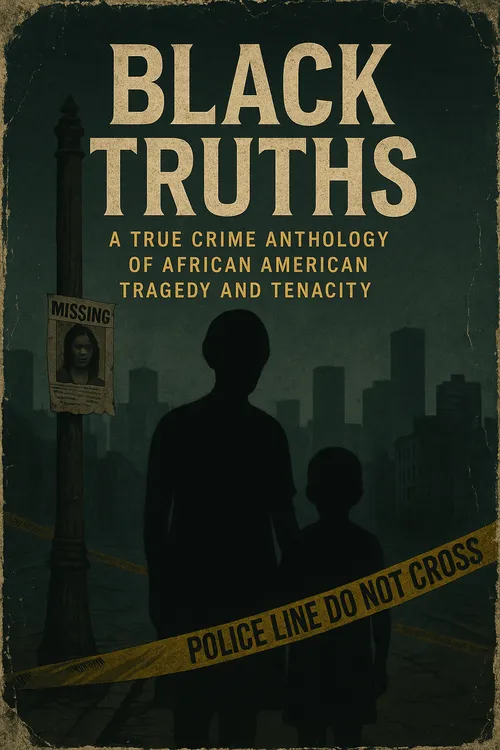




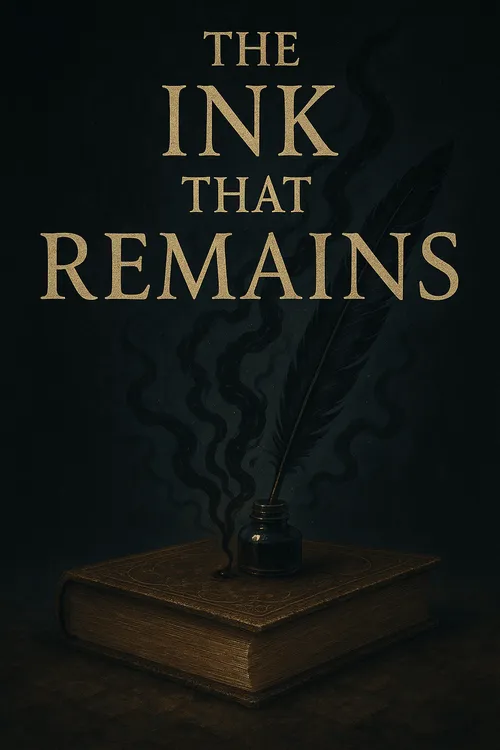



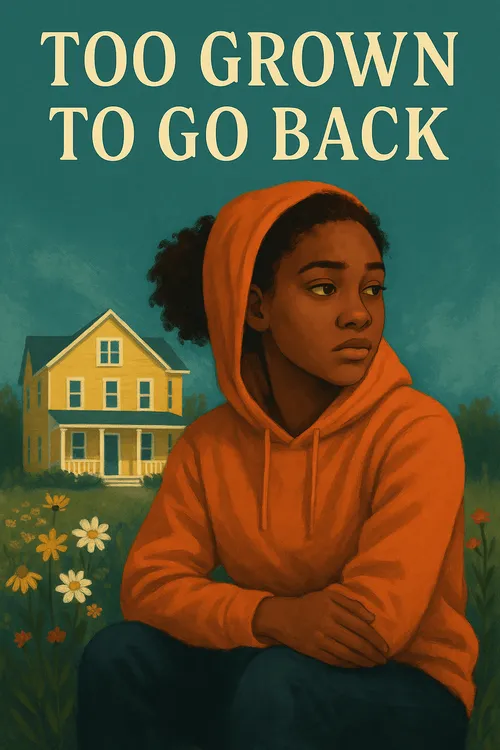









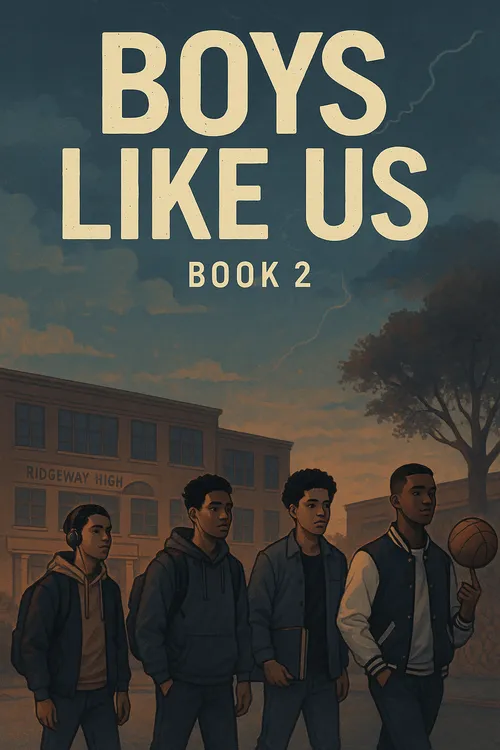
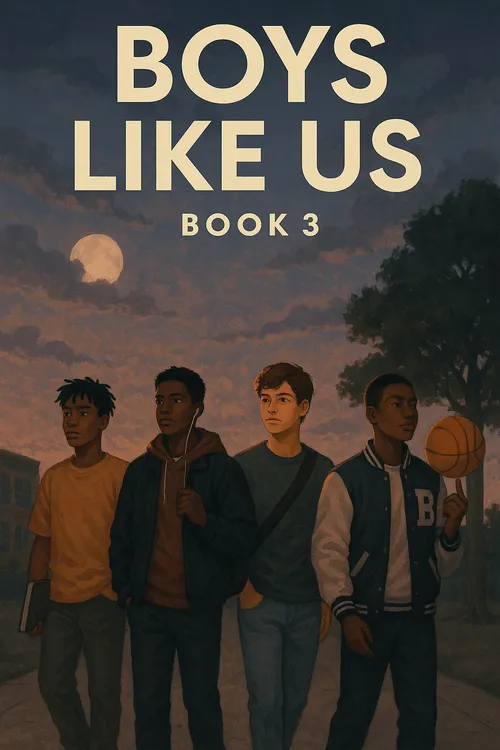
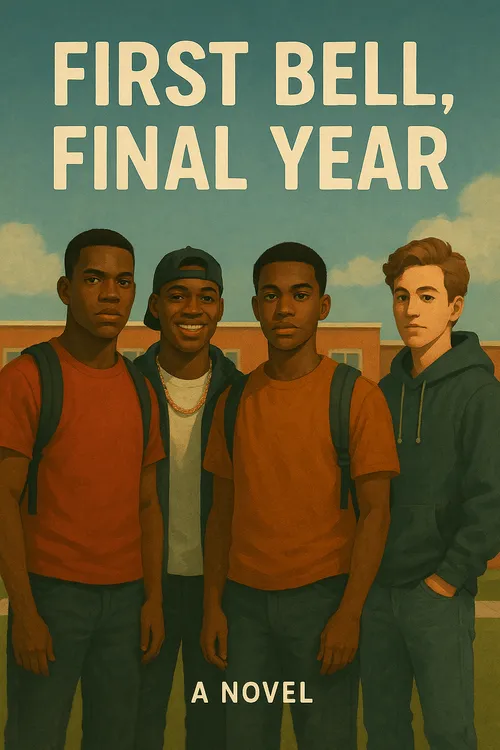
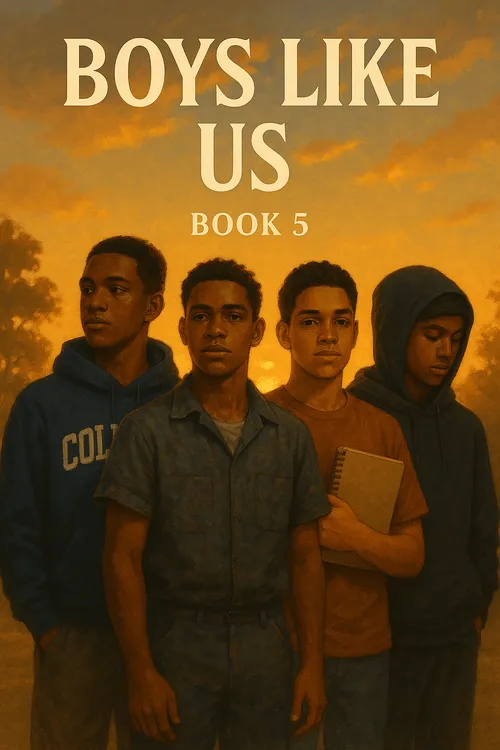

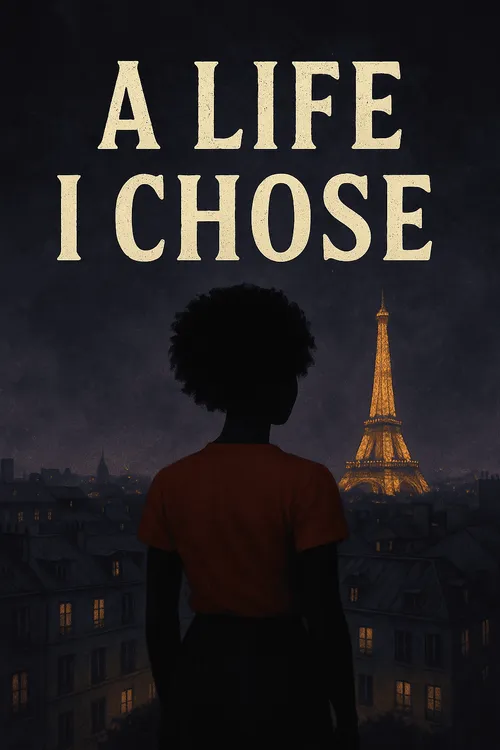


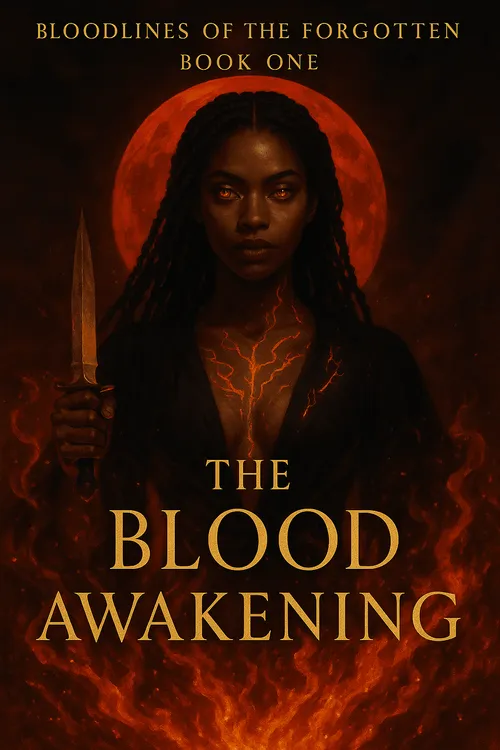
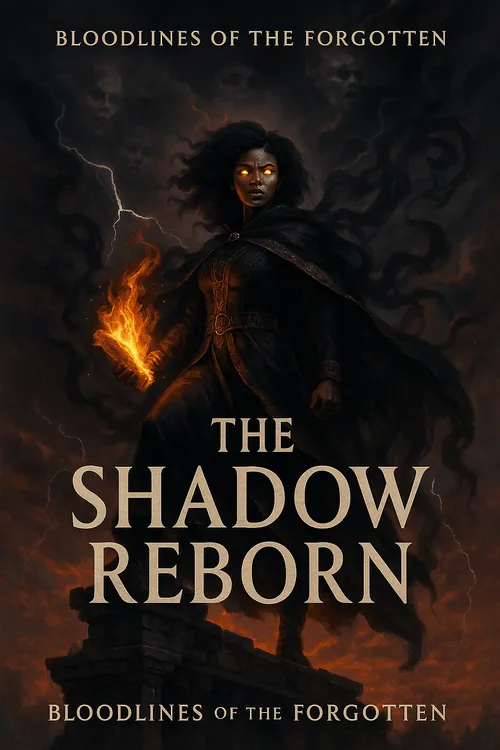
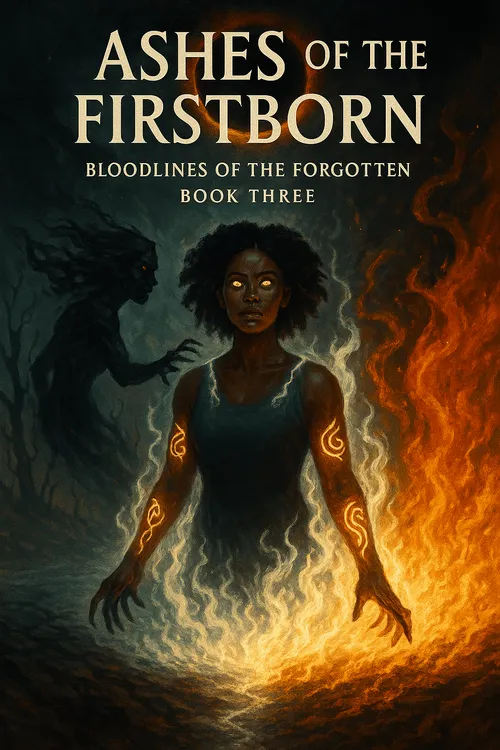

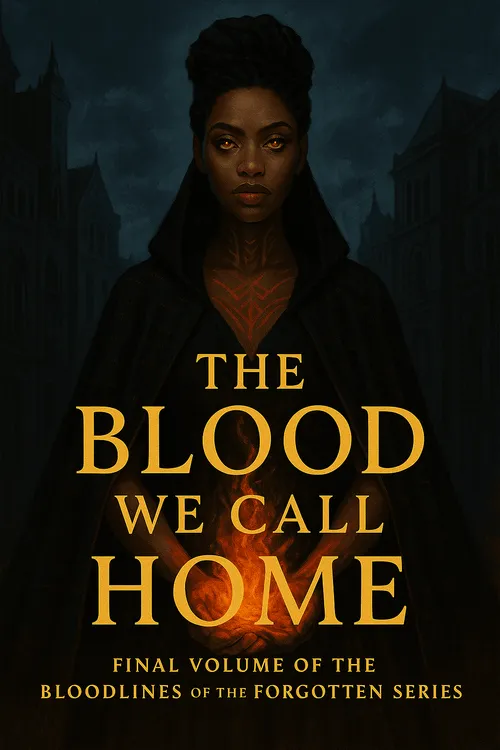





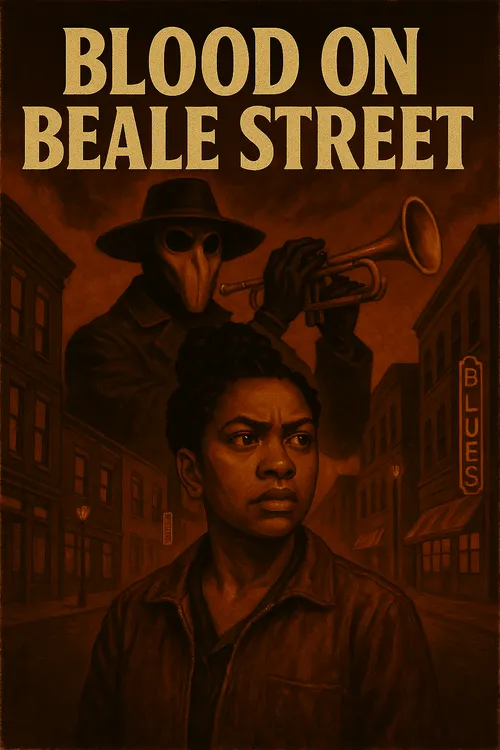
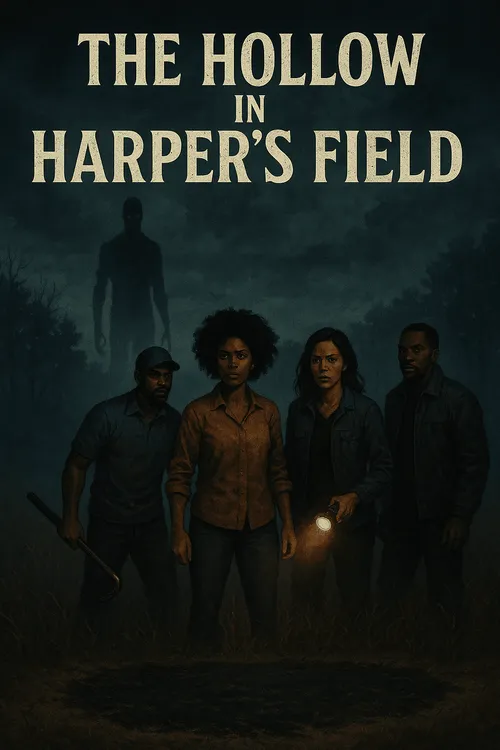




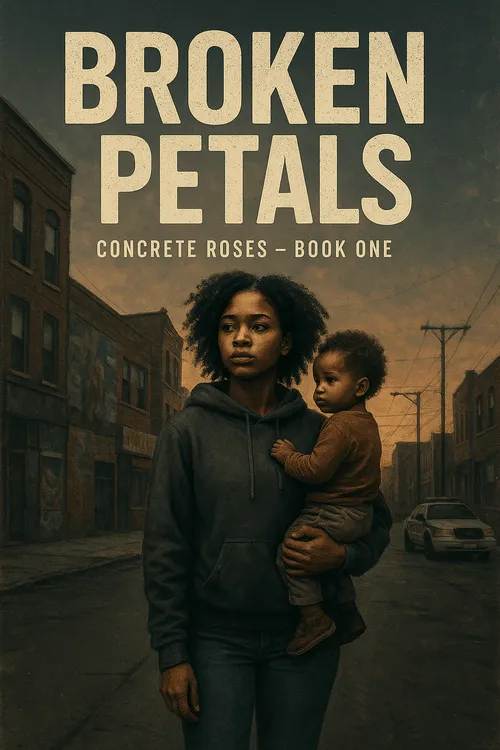
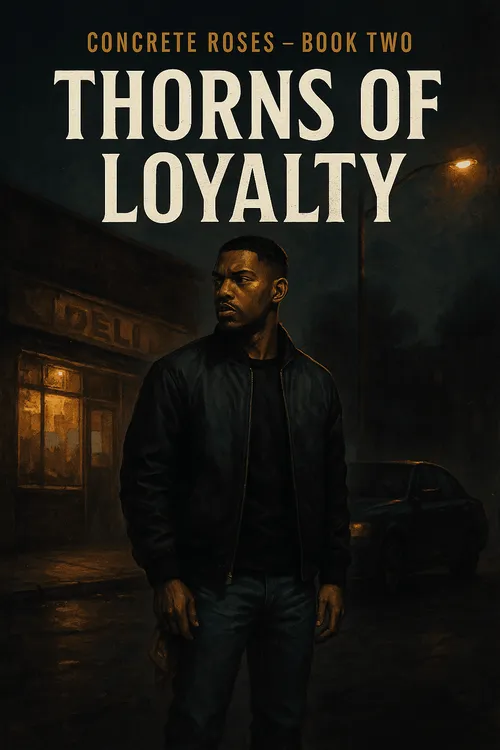
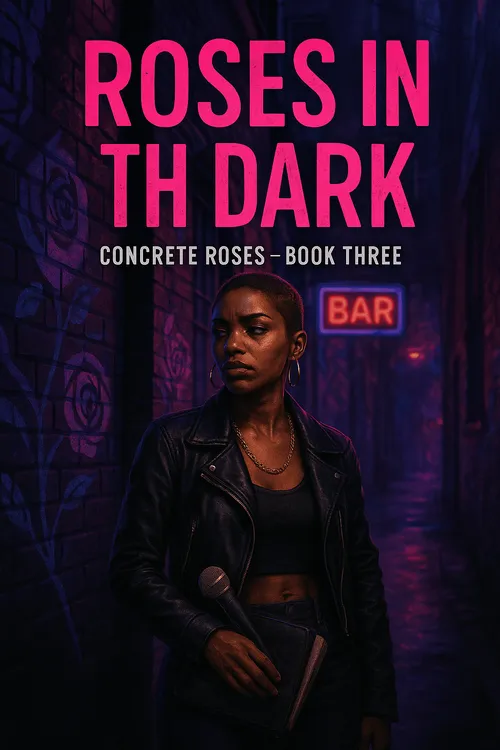
This story has not been rated yet. Login to review this story.